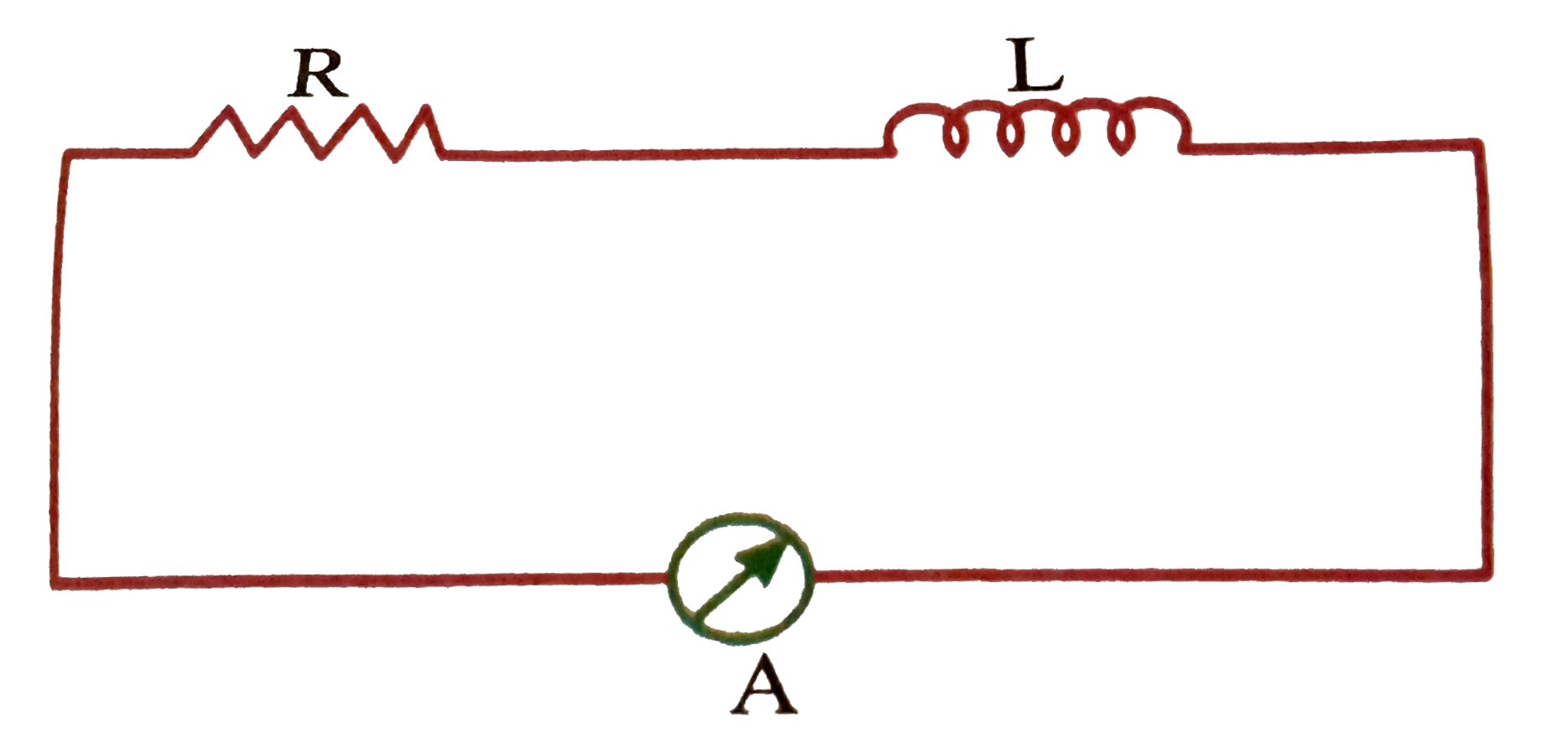We can measure d.c. by an ordinary ammeter, but not a.c. Why ?
This is because average value of a.c. over a complete cycle is zero.
Topper's Solved these Questions
- BOOK - PRADEEPCHAPTER - ELECTROMAGNETIC INDUCTION & ALTERNATING CURRENTEXERCISE - Solved Examples (b)1videos
ELECTROMAGNETIC INDUCTION & ALTERNATING CURRENT
- BOOK - PRADEEPCHAPTER - ELECTROMAGNETIC INDUCTION & ALTERNATING CURRENTEXERCISE - Short Answer Qusetions2videos
ELECTROMAGNETIC INDUCTION & ALTERNATING CURRENT
- BOOK - PRADEEPCHAPTER - DUAL NATURE OF RADIATION AND MATTEREXERCISE - Exercise191videos
DUAL NATURE OF RADIATION AND MATTER
- BOOK - PRADEEPCHAPTER - ELECTROMAGNETIC WAVESEXERCISE - II Focus multiple choice question5videos
ELECTROMAGNETIC WAVES
Similar Questions
Knowledge Check
- Question 1 - Select One
Alternating current cannot be measured by a d.c. ammeter because
Aa.c. cannot pass through d.c. ammeter.Ba.c. changes its direction.Caverage value of a.c. for complete cycle is zero.Da.c. is virtual - Question 2 - Select One
In the circuit shown, a 30V d.c. source gives a current 2.0A as recorded in the ammeter A and 30V a.c. source of frequency 100Hz gives a currentd 1.2A. The inductive reactance is
 A10 ohmB20 ohmC5√34 ohmD40 ohm
A10 ohmB20 ohmC5√34 ohmD40 ohm - Question 3 - Select One
The household supply voltage as measured by an a.c. voltmeter is 200 meter is 220 volts. If the frequency of a.c. Supply is 50 Hz, then the equation of the line voltage, will be
A1. V=220sin(100πt)B2.V=110sin(50πt)C3.V=440sin(100πt)D4.V=311sin(100πt)
The division marked on the scale of an a.c. ammeter are not equally spaced. Why?
View SolutionAnswer the following questions :
(a) In any a.c. circuit, is the applied instantaneous voltage equal to the algebraic sum of the instantaneous voltages acorss the series elements of the circuit ? Is the same true for r.m.s. voltage?
(b) A capacitor is used in the primary circuit of an induction coil.
(c ) An applied voltage signal consists of a superposition of a d.c. voltage and an a.c. voltage of high frequency. The circuit consists of an inductor and a capacitor in series. Show that the d.c. signal will appear across C and the a.c. signal will appear across L.
(d) A choke coil in series with a lamp is connected to a d.c. line. The lamp is seen to shine brightly. Insertion of an iron core in the choke causes no change in the lamp's brightness. Predict the corresponding observation if the connection is to an a.c. line.
(e) Why is choke coil needed in use of fluorescent tubes with ac mains ? Why can we not use an ordinary resistor instead of choke coil?View SolutionAnswer the following questions :
(a) In any a.c. circuit, is the applied instantaneous voltage equal to the algebraic sum of the instantaneous voltages across the series elements of the circuit ? Is the same true for rins voltage ?
(b) A capacitor is used in the primary circuit of an induction coil.
(c) An applied voltage signal consists of a superposition of a d.c. voltage and an a.c. voltage of high frequency. The circuit consists of an inductor and a capacitor in series. Show that the d.c. signal will appear across C and the a.c. signal across L.
(d) A choke coil in series with a lamp is connected to a d.c. line. The lamp is seen to shine brightly. Insertion of an iron core in the choke causes no change in the lamp's brightness. Predict the corresponding observations if the connection is to an a.c. line.
(e) Why is choke coil needed in the use of fluorescent tubes with a.c. mains ? Why can we not use an ordinary resistor instead of the choke coil ?View SolutionHow can we convert a galvanometer into an ammeter ?
View SolutionIncorrect statement are :-
(a) A.C. meters can measure D.C also
(b) If A.C. meter measures D.C. there scale must be linear and uniform
(c) A.C. and D.C. meters are based on heating effect of current
(d) A.C. meter reads rms value of currentView Solution

